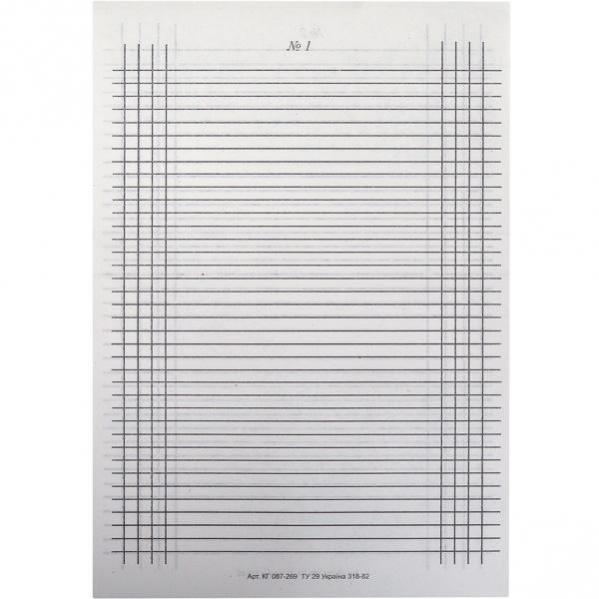
Zebra Trafaret 3
52 high-quality Printable Zebra Print Stencil for free! Download and use them in your website, document or presentation.
This article does not any. Download software rekam medis. Unsourced material may be challenged.
( September 2018) () Ford Gran Torino from Overview Manufacturer Production 1972 - 1976 Assembly,, Body and chassis 2-door Powertrain 3-speed Dimensions Length 213.6' (2-door) Zebra Three is a radio code name, more accurately known as a call sign, given by the fictional 'Bay City, California' police department of the 1970s television series to Robbery-Homicide Division David Starsky and Kenneth 'Hutch' Hutchinson; the BCPD was loosely based upon the (LAPD). The 'Zebra' part of their call sign refers to them being a geographic patrol unit assigned to a special detail; however, the LAPD normally does this with uniformed officers. Several Los Angeles locations were used for 'Bay City', and uniformed police officers were seen wearing 'BCPD' shoulder patches. Fans of the show applied the code name as a for the that Starsky owned; the general public picked up on it, and the car has been known since (incorrectly) as 'Zebra Three', or more correctly the 'Striped Tomato'. Original 'Perfect Car' [ ] Originally, the show's creator,, was to have Starsky drive a green and white high performance because he remembered one that he had previously owned. When the production was being planned, the studio was unable to locate another green and white Chevrolet Camaro or order a 1975 Camaro from, because of their lease contract with the. 'Perfect Car' [ ] When production started on the pilot, Ford Motor Company's studio-TV car loan program was the lease supplier for that year.

Producers looked at lease stock and chose two (one main, one backup) V8-powered 'Bright Red' (code 2B) 2-door to portray Starsky's automobile. The cars were equipped with chrome exterior rearview mirrors and protective black vinyl bodyside moldings, and the interiors were black with vinyl bench seats. On top of the factory paint the distinctive white 'vector' stripe with bordering black pinstripe was applied. The Torinos had their rear ends lifted by air shocks and were equipped with 'U.S.' Brand 5-slot aluminum wheels with larger rear tires plus a chrome tip on the exhaust pipe. They also replaced the original 2.75 to 1 rear axle gearing (standard, along with automatic transmission, on 1975 and newer Torinos) with numerically higher gears for better acceleration during stunt driving scenes; this was done during all four seasons to the S-G Torinos. Engine sounds were dubbed into the show since the Torinos were mechanically stock; emissions laws forbade modifying the engines or emissions systems of new cars.
When the pilot was successful, Spelling-Goldberg ordered two new 1975 Torinos for the first season. These cars were powered by V8s because extra power was going to be needed for additional stunt driving scenes; from the second to fourth seasons, three 1976 Torinos powered by V8s were used. Due to the success of the series, Ford produced 1,000 'limited edition' replicas of the Starsky and Hutch Torino from March to May 1976 at the assembly plant. Spelling-Goldberg leased one for a backup vehicle; it was known as 'Unit 129'. During the series' run, several 1974 to 1976 Gran Torinos were used as stunt cars to minimize damage, wear and tear on the main vehicles. While Spelling-Goldberg was happy with the Torinos, the stars (specifically, who played Dave Starsky) were not so pleased. In fact, when Aaron Spelling showed Glaser his character's car, which Spelling had dubbed as the 'surprise' that he had outside, Glaser's reaction was more of disgust rather than pleasure.